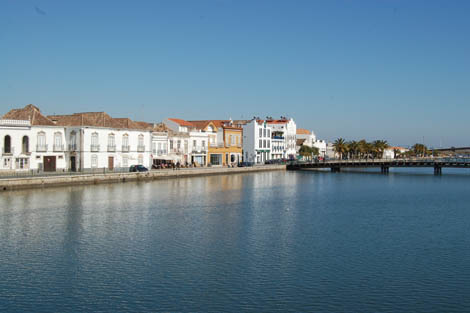 The Municipality of Tavira disagrees with the changes to the system of school organization of primary and secondary education in the municipality, proposed by the Regional Directorate for Education of the Algarve (DREAlg), defending the maintenance of the currently existing model.
The Municipality of Tavira disagrees with the changes to the system of school organization of primary and secondary education in the municipality, proposed by the Regional Directorate for Education of the Algarve (DREAlg), defending the maintenance of the currently existing model.
Having participated in all the meetings of the General Councils of the D. Manuel I, D. Paio Peres Correia Groupings and the Secondary School of Tavira, the Mayor has now reiterated the position adopted in the matter of Aggregation of Schools/Groups, clarifying in full. your options.
“The Municipality of Tavira defends that the solution that currently exists in the municipality is the one that best suits the quality of teaching and the educational process itself,” says Jorge Botelho.
Tavira "has a distribution of students across different schools that is adequate to the reality, promotes quality and leads to balances of management and proximity at different levels throughout the educational territory", so the mayor expresses his disagreement with the "change in the system of existing school organization”, considering that the model that currently exists should be maintained”.
Given the scenarios presented by DREAlg, the municipality reinforced the position taken over the past two years, as it considers that "none of the hypotheses presented here solves the panoply of cumulative criteria that should guide an effective and efficient reorganization of the groups to the specificities of the Municipality of Tavira, namely in terms of the number of students, geographic distribution of schools, geographic proximity, conditions of Tavira Secondary School facilities and others in operational terms of operation, namely in terms of management of non-teaching staff, not guaranteeing this reality in Tavira the good curricular articulation between educational levels and cycles and the construction of coherent and integrated school paths”.
“There is also the observation of the existence of disturbance/instability that is felt in schools, which continually reaffirm the existing model as the most adequate”, maintained the president of the Chamber.


















Comments